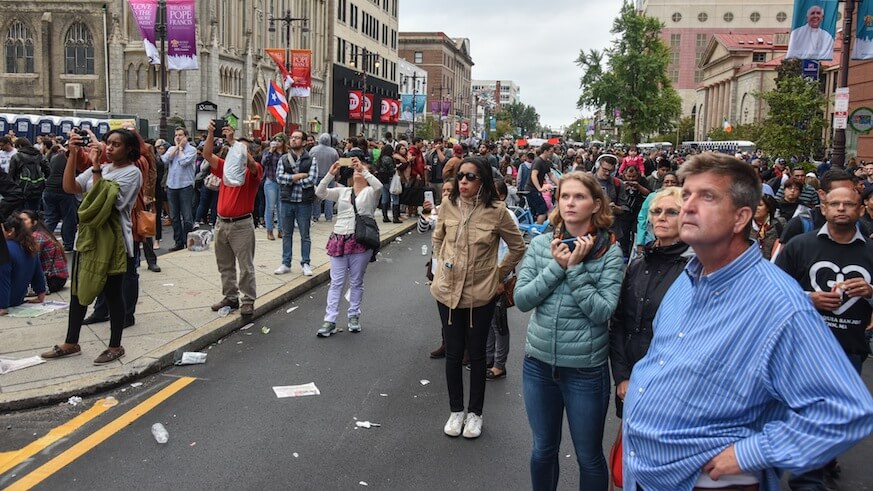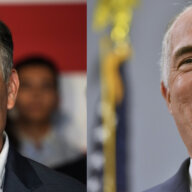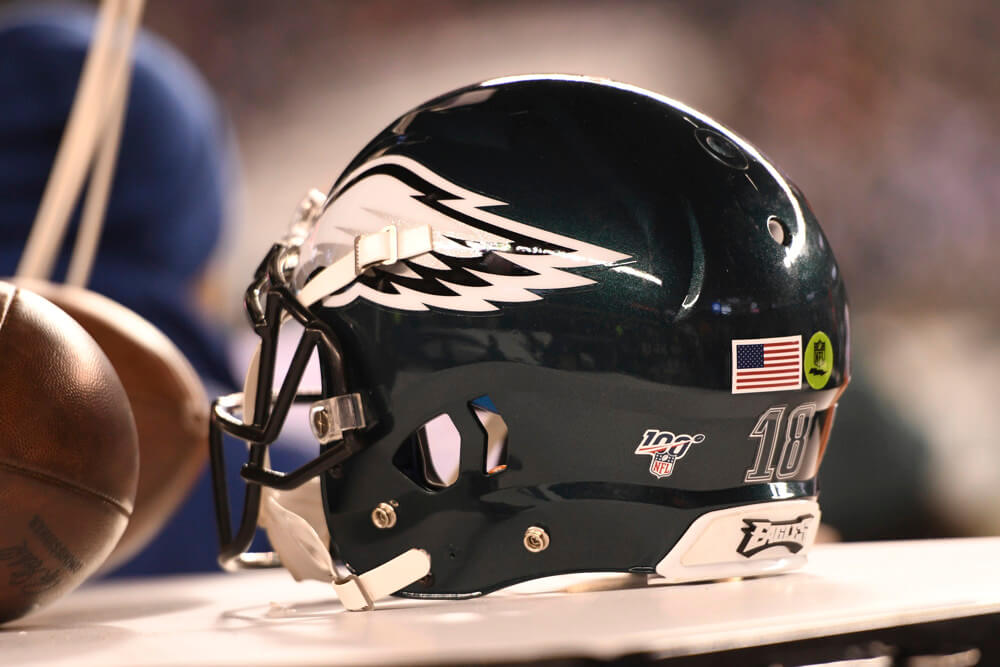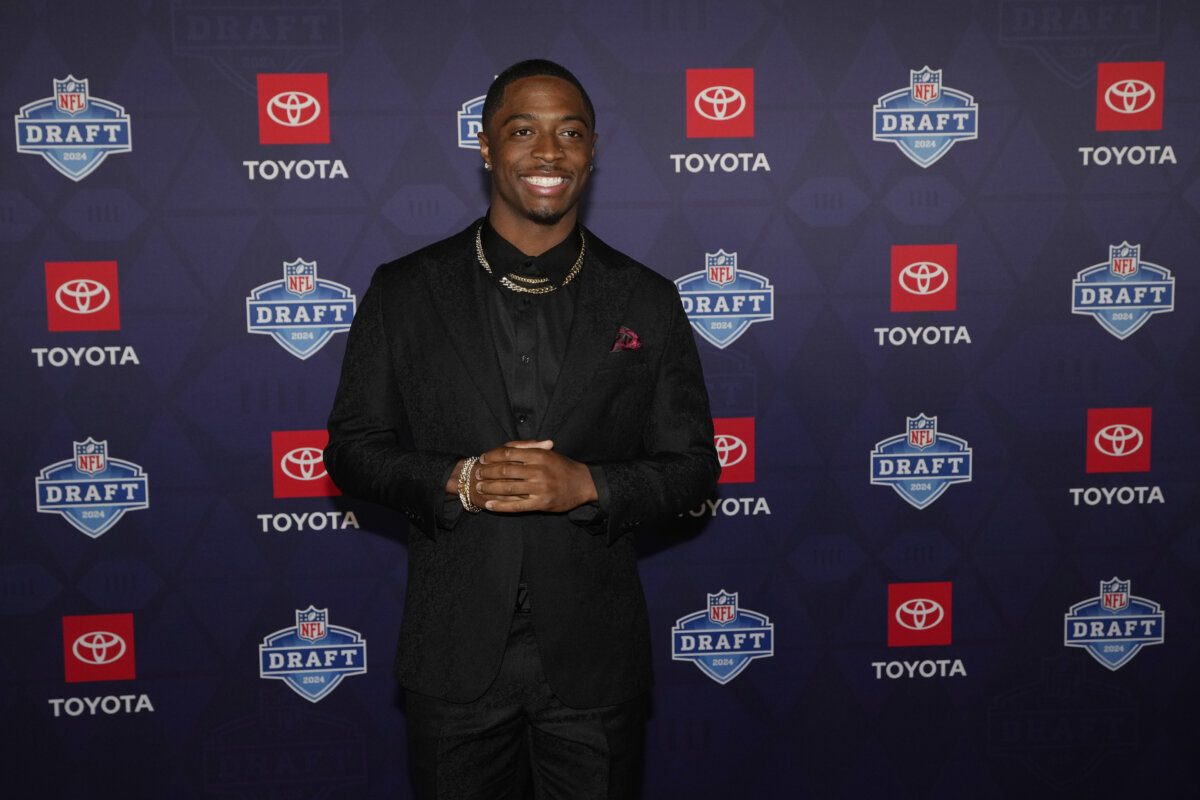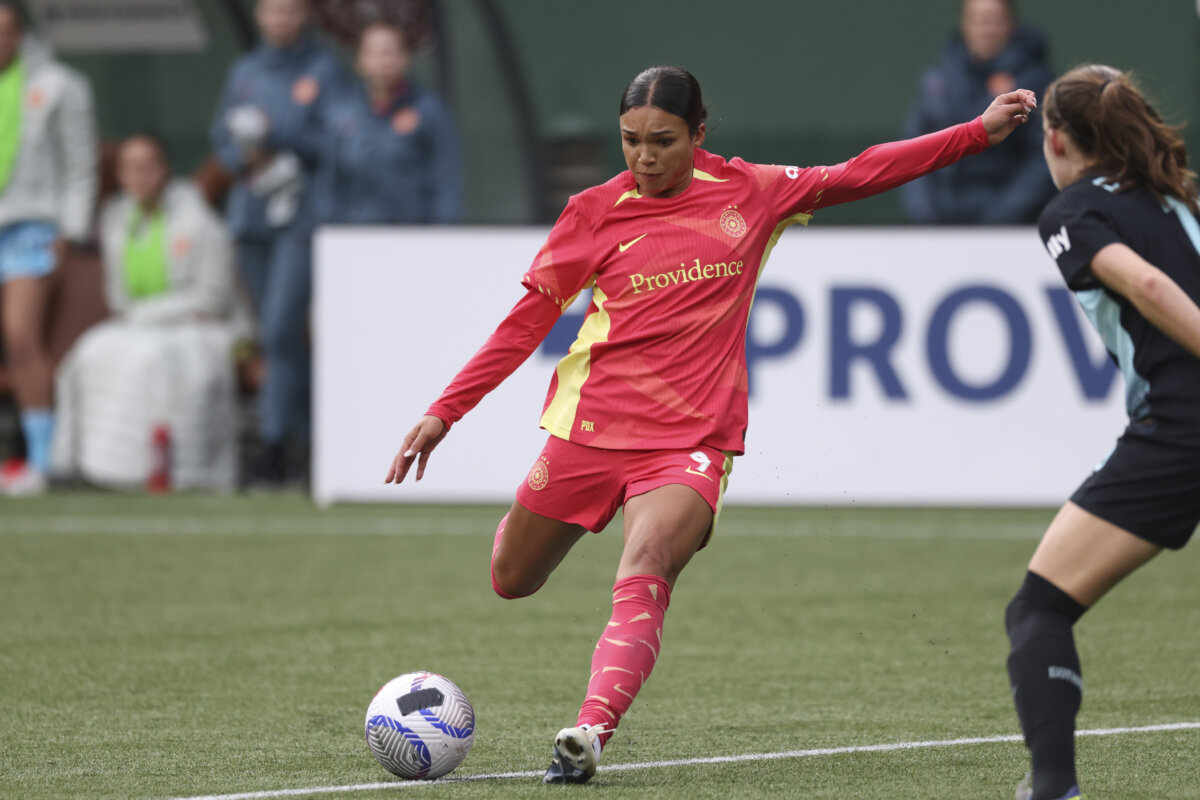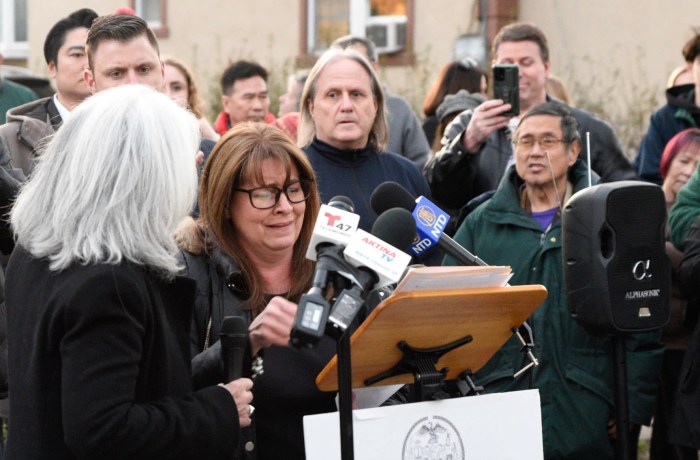For Mayor Jim Kenney, seeing the Eagles win the Super Bowl was like overcoming years of defeat.
“There was always the feeling that something bad would happen, someone would throw an interception or fumble a pass,” Kenney said Tuesday. “Watching Nick Foles and the rest of that team just continue to plow through and plow through and plow through – it was a turning point in my experience with this team and this organization, that we actually knew we could do it.”
“It’s almost like so many generations of people had passed on hoping there’d be a Super Bowl, that they were somehow in heaven in a tailgate urging this team on to victory,” Kenney said. “I want to thank them for bringing us joy – a lot of heartache, but a lot of joy.”
Moving on heartache from joy sounds like a a change the Eagles’ win may help inspire across the whole city.
Philly was once the “workshop of the world,” the cradle of liberty, the birthplace of the Revolution and the origin of the Declaration of Independence.
But its fortunes have certainly fallen far since those days. But the Eagles 41-33 Super Bowl victory on Feb. 4 symbolizes for residents a bigger victory than just an underdog football team taking home the Lombardi Trophy. It’s the latest achievement on a national stage for the city of Brotherly Love.
In recent years, Philadelphia has hosted Pope Francis and the World Meeting of Families in September 2015, the Democratic National Convention in July 2016 and the NFL Draft in April 2017.
What does it all mean?
Well, it definitely bodes well for Philly’s odds in the race to host Amazon’s HQ2, the company’s second domestic headquarters. Most industrial observers say the company, currently based in Seattle, wants to open offices on the east coast, and Philadelphia has made Amazon’s shortlist of the top 20 potential locations.
But the city has serious problems.
Median incomes languish in the mid 30,000s, according to 2011 Census results.
The city has a 6 percent unemployment rate, and 25 percent of the city lives below the poverty line, the highest out of any big city in the US.
Philadelphia had 317 homicides in 2017 (more than New York City, which had 290 homicides and has a population of 8 million, compared to Philly’s 1.5 million).
In 2016, the CDC found that the city had the fourth highest per-capita fatal opioid overdose rate in the country, the highest of any large city.
Despite these nagging issues, the homicide rate and crime problems have dropped to overall historic lows in recent years, while the local economy and real estate market have begun to regain strength.
More recently, the School Reform Commission has voted to dissolve itself, and the city will soon be instituting local control of schools for the first time in nearly two decades with a new Board of Education.
Philly’s future is definitely brighter than its past.
So when an estimated 2.2 million Eagles fans from across the Delaware Valley region and surrounding states come to Philly to attend the Eagles’ victory parade on Feb. 8, they won’t just be celebrating the Eagles. They’ll be celebrating the growth and bright future of all of Philadelphia.



